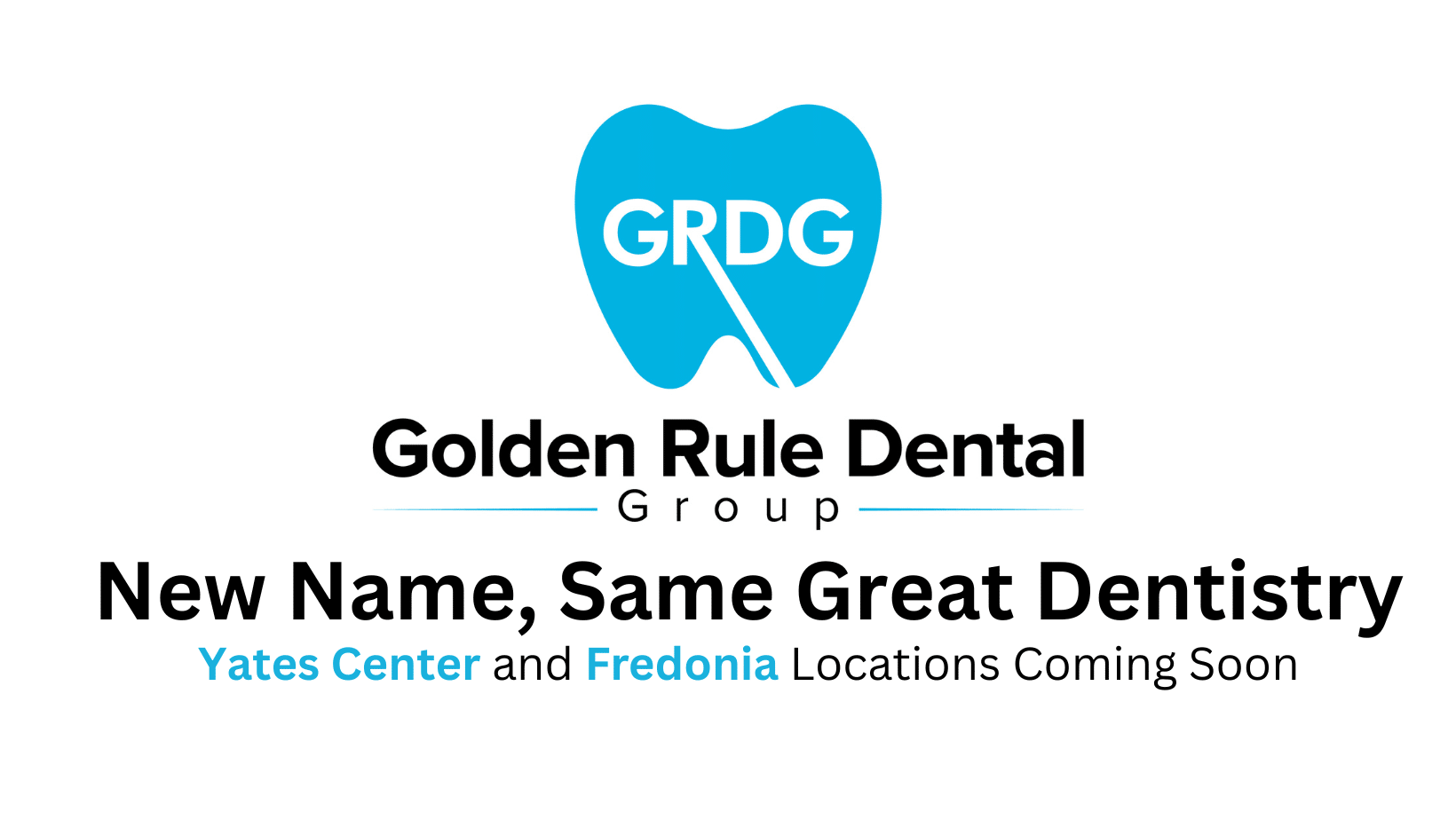This Country Needs a Better Diet, Not More Dentists
This Country Needs a Better Diet, Not More Dentists
Make no mistake; dental caries (aka cavities) are a disease. It is a degenerative disease of the teeth caused by bacteria. The 2000 Surgeon General’s report on “Oral Health in America” identified tooth decay as the most common chronic disease of children in the U.S. Dental caries is most prevalent in lower-income households. When folks read this, they usually throw their hands in the air and blame it as an “access to care” issue. Because of these reports, there has been a push by lobbyists and politicians (both state and federal alike) for a “mid-level provider” to increase this “access to care”. The purpose of this article is to shed some light on the issue, to advise where attention should really be given, and to give some suggestions on where to go from here.
First, a short science lesson is in order. We’ll call it “Cavity-ology 101”. The first lesson is a simple formula on which we’ll expand:
Teeth + Bacteria + Sugar +Time= Cavities
The mouth contains a wide variety of bacteria, but only a few specific types of bacteria have been found to cause cavities. It’s because of these select strands of bacteria that we have thousands upon thousands of kids with tooth decay. But how do these bacteria, which I like to call “bugs” due to better imagery, cause cavities exactly? Well, bacteria are constantly creating a layer, or biofilm, on your teeth. This biofilm becomes a sticky, creamy-colored mass most commonly known as plaque. In other words, that fuzzy stuff that collects on our teeth is a network of millions of bugs lining an assault. Their means of attack is by the production of acid. And the fuel source for these bugs to pump out acid is none other than sugar.
The harmful bacteria in our mouths convert sugars into acids through a process called fermentation. If allowed to sit on the teeth, these acids can cause the teeth to lose their strength by robbing them of minerals through a process cleverly called demineralization. With enough demineralization over time, the tooth “disintegrates” and is left with a hole or cavity. The scientific study of how sugars can affect the progression of cavities is called carcinogenicity. Without getting to jargon logged, let’s keep it simple. Different types of sugars are worse than others (i.e. table sugar is worse than sugar from fruit), but given enough time, most of these common sugars (sucrose, glucose, lactose, and fructose) can cause cavities. So it doesn’t matter if the sugar is from candy, pop, bread, milk, potato chips, juice, fruit, etc; they all will lead to cavities given enough time.
The next step on the road to cavities is time. How often teeth are exposed to sugar and acid plays a big role in the formation of cavities. After meals, snacks, or anytime you put fermentable sugar in your mouth, bacteria produce acid. Each exposure can dissolve your teeth for up to 2 hours. To help get this point across, let’s use an example. Jack and Jill don’t brush their teeth all day. Jill eats 3 times throughout the day: Breakfast, Lunch, and Dinner. Each one of these meals has a good amount of carbohydrate (sugar) content. This means that her teeth can be subject to acid attack for six hours in just that day alone. Now to make things worse, here comes Jack. Jack eats the same meals as Jill, but also has some potato chips for a mid-morning snack, and has a can of Coke a couple of hours after lunch. This means his teeth could be left dissolving for 10 hours (5 meals x 2 hours of acid)! And I won’t even go into what would happen if Jack were to nurse his Coke all day long.
There are other factors that can lead to cavities. These can include the quality of mineral content in your saliva, tobacco use, and rare developmental disorders of tooth formation. But for the vast majority of the population, cavities are the result of the combination of bacteria, sugar, and time. So where do we go from here? Well, the answer is painfully simple. Cut down on sugar and brush and floss more.
The End… for now
I have a lot more to write about the subject, and the paper is far from over. But here is a launching pad if you want to know how to protect your teeth for life-long service. As always, if you have any questions whatsoever, feel free to ask.



Leave a Reply
Want to join the discussion?Feel free to contribute!